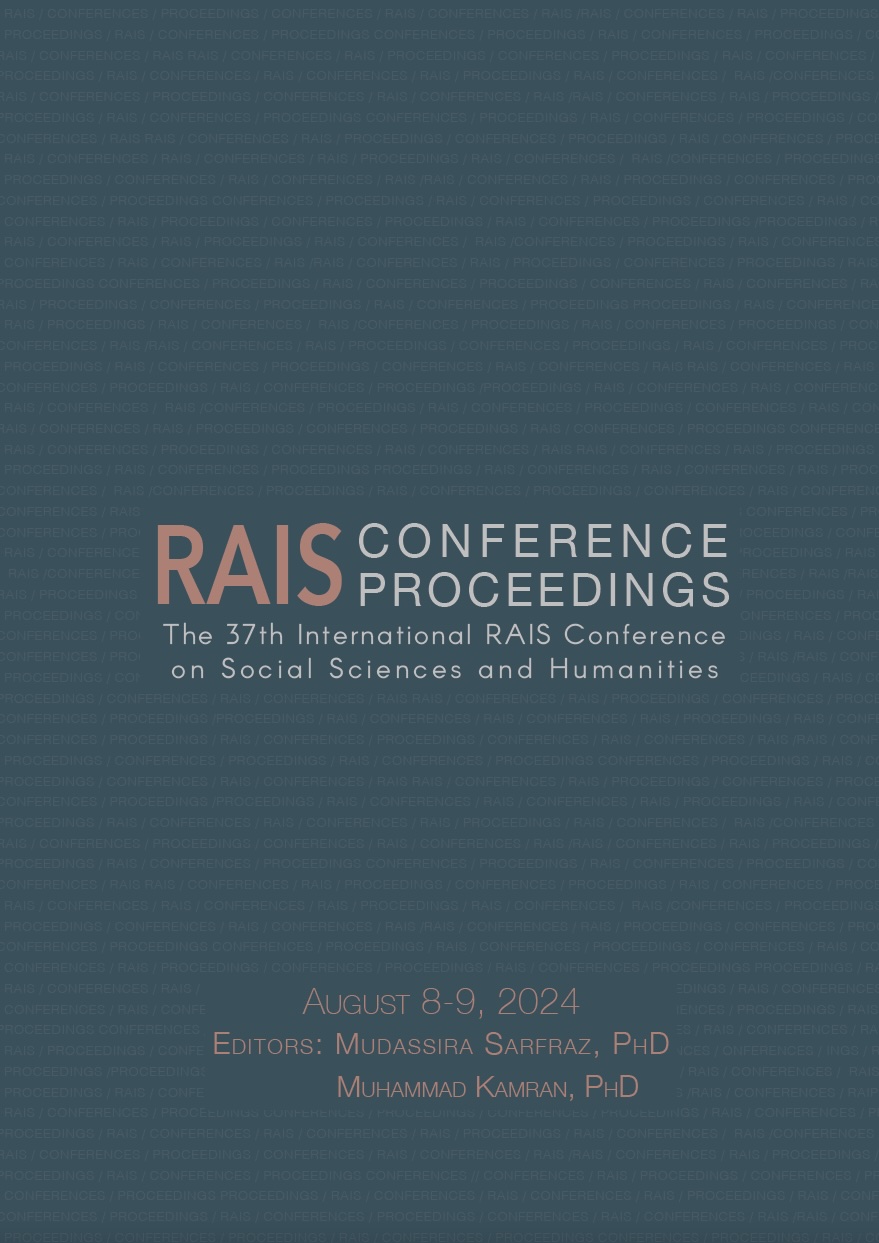The Theme of Attachment-Detachment in Shree Madhbhagavad Gita: A Study from Linguistic and Philosophical Perspective
The Theme of Attachment-Detachment in Shree Madhbhagavad Gita: A Study from Linguistic and Philosophical Perspective
Author(s): Shagufta Anjum
Subject(s): Ethics / Practical Philosophy, Semantics
Published by: Scientia Moralitas Research Institute
Keywords: attachment; detachment; morphological analysis; etymological analysis;
Summary/Abstract: The teachings of Bhagavad Gita (Hindu scripture), which are profoundly founded in Vedanta philosophy, assert the innate divinity of all beings. It claims that the foundation of each person is based on holding a wellspring of purity and bliss, which encourages the pursuit of happiness beyond despair. However, as people age, the shadows of ignorance frequently obscure their actual foundation, causing them to lose sight of their authentic identity. It is all too easy to become trapped in the illusion of transient desires (Maya), straying away from the eternal reality (Omnipresent). Realizing one's inner self necessitates a voyage of intense contemplation, surrounded by strict penance, austere observances, and the endurance of worldly adversities. The core cause of suffering is often a misplaced attachment to the fruits of one's deeds (Karmphaleshu). It contradicts the inherent goal of human beings, which is to participate in righteous conduct (Karma yoga). Departing from this path eventually results in sorrow and disharmony. Bhagavad Gita shines as a beacon of practical wisdom, providing profound insights into the complexities of human life. Its verses, like divine melodies, ring with emotional strength, urging seekers to dive deeper into the nature of attachment and detachment. Sanskrit language's rationality lends itself to both logical analysis and intuitive understanding, making it an ideal platform for learning. This study aims to expand the comprehension of these emotive words like Sangah (attachment) and Vairagya and Asakti (detachment), meticulously analyzing their morphological structure that dissects the constituent elements of these words, elucidating their formation and the relationships between root (dhatu), prefixes (upsarga), and suffixes (pratyay), providing insights into linguistic mechanism to shape their meaning. Furthermore, an etymological investigation uncovers their origins and interpretations, while a semantic analysis unveils their denotative and connotative meanings for understanding this philosophical scripture.
Book: Proceedings of the 37th International RAIS Conference on Social Sciences and Humanities, vol. 1
- Page Range: 70-77
- Page Count: 8
- Publication Year: 2024
- Language: English
- Content File-PDF

